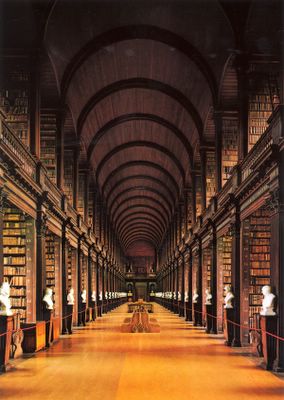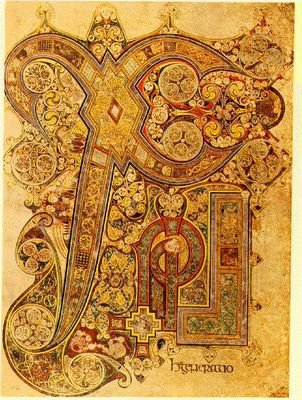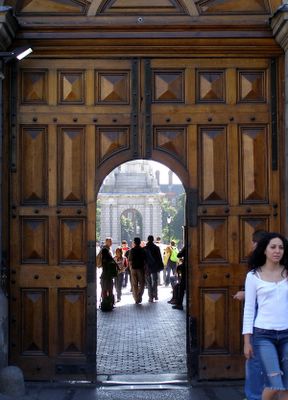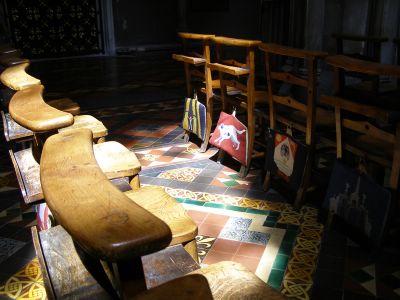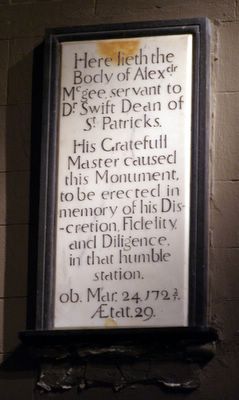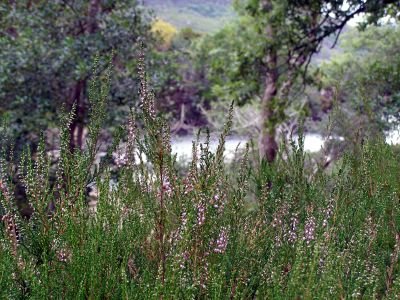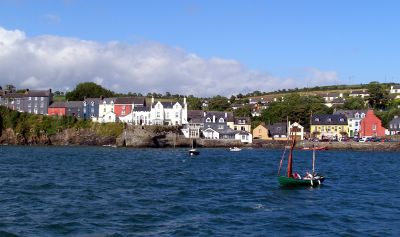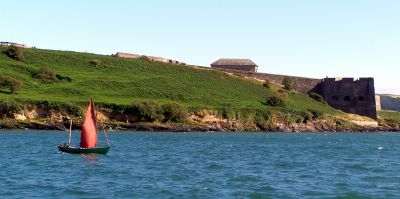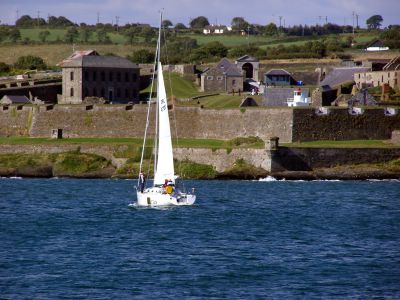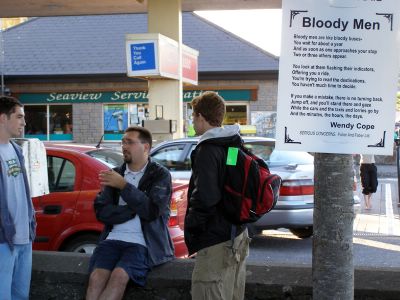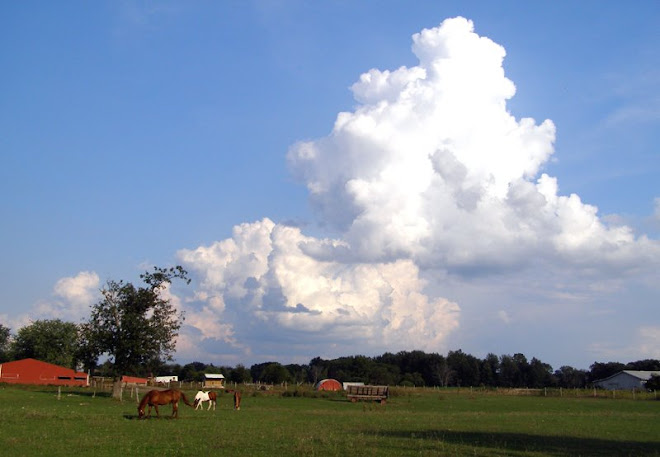

It feels right that our last exploring day here (yesterday) was spent at Tara and Newgrange.
The photo, above, is me standing on a hay roll atop the Hill of Tara, looking over 3/4 of Ireland (on a clear day they say you can see that much of the country from this site).
On Tara, 142 kings of Ireland were crowned. There are Celtic mounds here dating back 5,000 years where castles were built millenia later, but are now gone.
Tara is where I feel a strong connection with the yew trees planted more recently in the churchyard. I felt them welcome me last year in a way I have never felt welcomed before or since.

At Newgrange, there is a burial/worship mound INTACT that is 5,000 years old. We squeezed inside to see the structure of rocks that curves up to the capstone. I still don't really understand what it means to be that old. My mind can't grasp it. It's older than the pyramids at Giza by 1,000 years. Older than Stonehenge by 1,000 years. The builders of this structure created a narrow opening to allow the sun to shine through it into the structure on the winter solstice every year (and about two days either side of it).
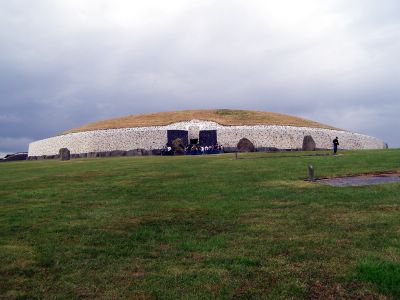
 Newgrange; the narrow opening that lets in the light on Dec. 21 is just in the middle where the dark squares are; our students are gathered around the opening
Newgrange; the narrow opening that lets in the light on Dec. 21 is just in the middle where the dark squares are; our students are gathered around the openingThese sites are viewed as sacred and connected to the spirit world by some.
I'm not sure what it is I feel there, but it is strong. I am in awe of people who lived in alignment with nature and its cycles.
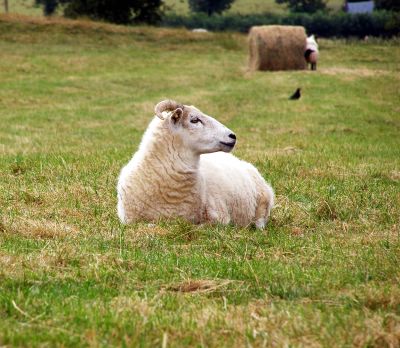

Below are two man-made structures. One 5,000 years old: a carved rock at Newgrange. The next a few hundred years old: a door at Trinity College Dublin.


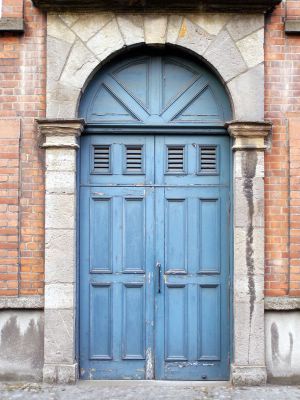

They are just human forms. Beautiful, inviting, full of understanding about their cultures, if we study them.
I don't have a problem with religions, also human constructs (in my humble opinion), as long as they do not divide and violate the Life in all things. They are ways to reach God, understand God, worship God. They are doors. Sometimes closed, unfortunately.
Jonathan Swift said, "We have just enough religion to make us hate, but not enough to make us love one another."

